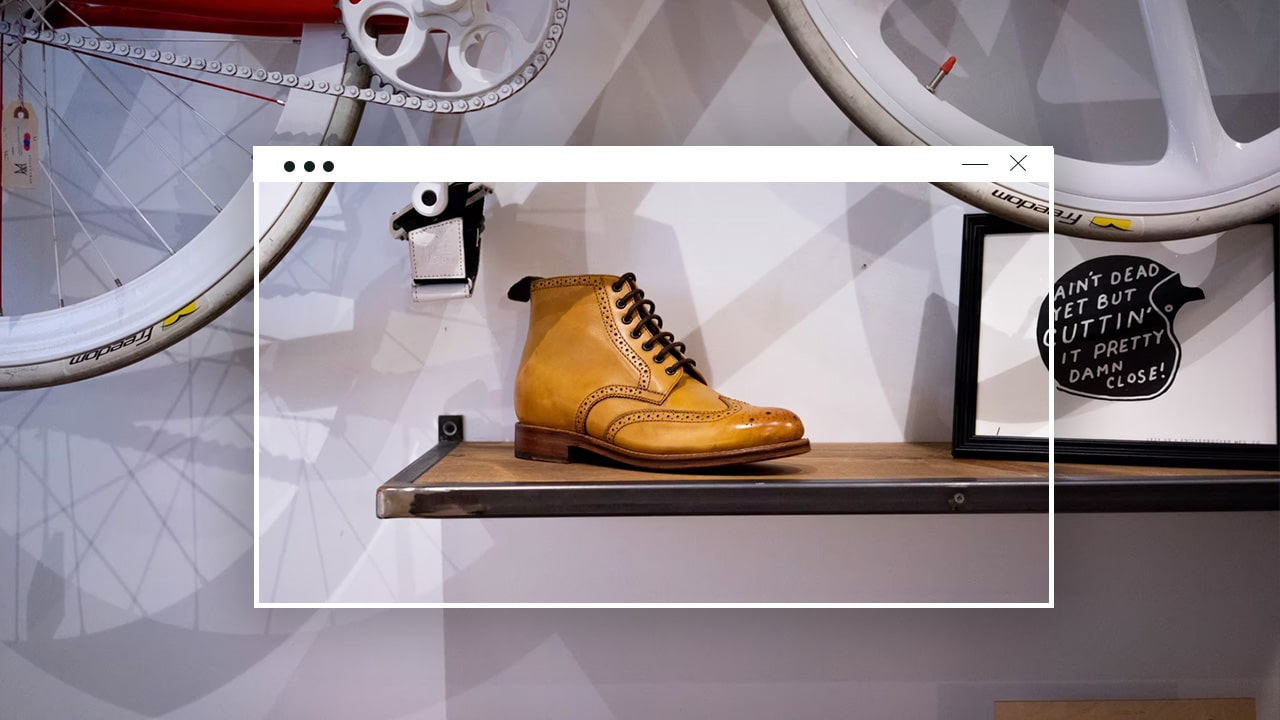
5 Strategies for Attracting Customers to Your Online Store
5 Strategies for Attracting Customers to Your Online Store
It’s impossible to make sales through your online store if nobody is visiting it.
The problem: Entrepreneurs fall into the trap of thinking any website visitor is a good one. In reality, sending low-quality traffic—people with no interest in what you sell—dampens conversion rates.
So, how do you attract customers to your online store—those who will actually buy? This guide shares 8 smart strategies.
1. Optimize your social media bios
Social media is a powerful tool to drive traffic to your online store. The only problem? Most social media platforms don’t like when brands divert people off the platform.
Instagram, for example, only allows one link in your profile bio. There’s no way to divert people to a specific page on your ecommerce website, making it difficult to execute social campaigns that increase web traffic.
2. Partner with creators and influencers
Run an influencer marketing campaign that leverages a popular social media user’s existing audience to drive website traffic. Research shows that 61% of consumers trust influencer recommendations (compared to just 38% who trust branded social media content).
The key is to find creators and influencers whose target audience overlaps your own. Find them on TikTok Creator Marketplace or Instagram search, and collaborate with them through:
- Sending free gifts
- Paid sponsored content
- Inviting them to be an affiliate
3. Run flash sales and promotions
Research shows that 37% of shoppers often look for coupons before making a purchase online. Use them as a hook to stand out from social media noise and give people an incentive to visit your online store. That could be:
- Percentage discounts
- Limited time sales, such as “30% off for the next 24 hours”
- Free shipping thresholds, such as “spend $50 for free next-day shipping”
- Product bundles, which combine two or more products at a lower price than buying each one individually
4. Write optimized blog content
Did you know that 48% of shoppers start their shopping journey on search engines like Google? Search engine optimization (SEO) is a content marketing strategy that helps your ecommerce store appear in their search engine results page.
Write blog content that targets keywords your target audience is searching for. If you’re selling Apple Watch straps through your online store, for example, that could be “best apple watch straps for men” or “are apple watches waterproof.”
Follow SEO best practices to get your blog content to rank in search engines. That includes:
- Embedding the keyword in meta tags, alt text, and headings
- Building internal links that direct visitors to similar pages on your own website
- Using a short, clear, easy-to-read URL structure
- Actively distributing the blog post on social media channels
- Build backlinks to your website from external websites
5. Run Google Ads campaigns

We already know that 49% of people start their shopping journey on a search engine. Run Google Ads to reach them. They’re people already looking for products you sell, making them a fantastic source of potential customers.
Experiment with different types of Google Ads, including:
- Search ads, which appear in Google search results either as text-based or Shopping ads
- Display ads, which appear on sites in the Google Display Network
- Video ads, which appear on the Google-owned YouTube platform
